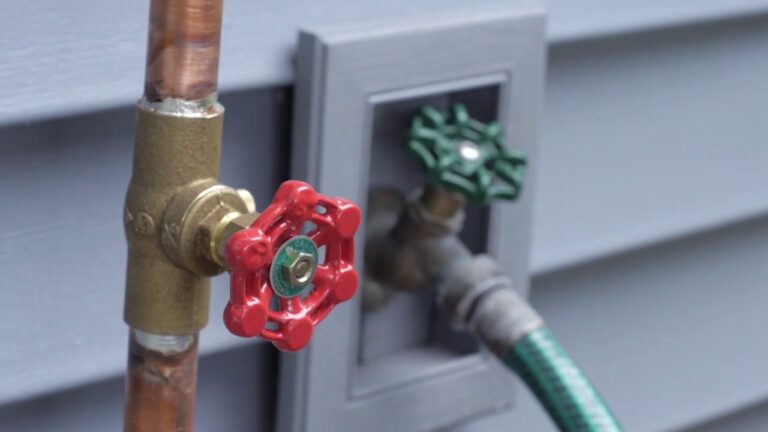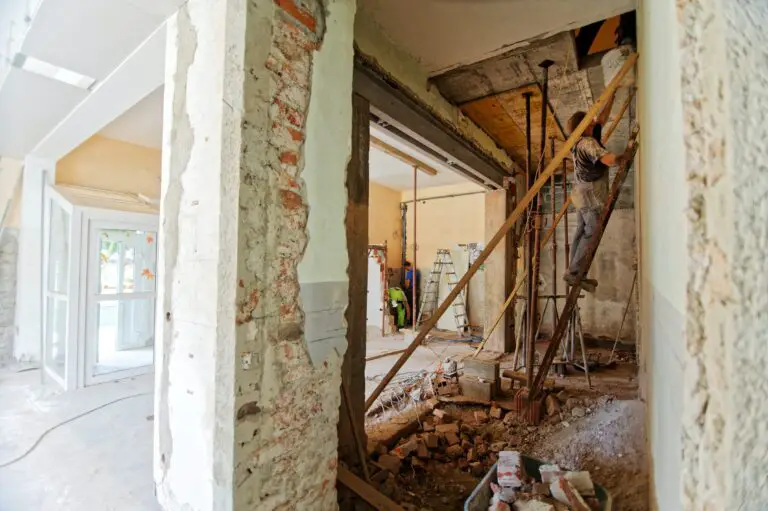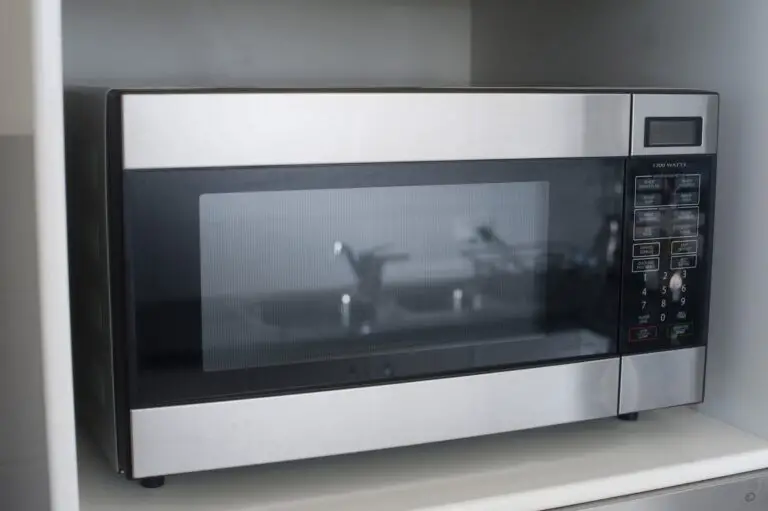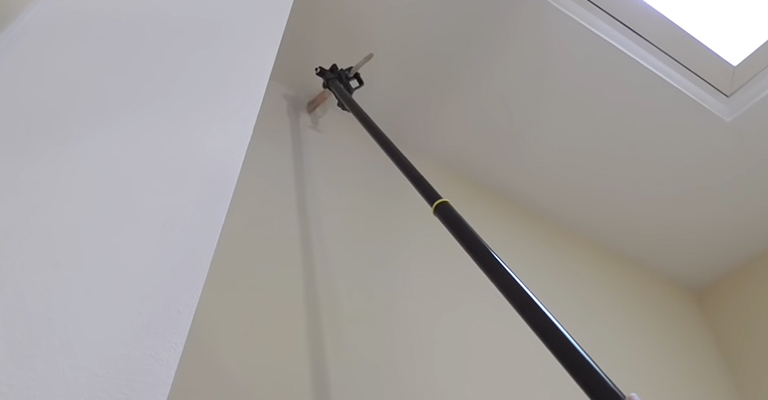The Importance of Standard Stove Width in Kitchen Design
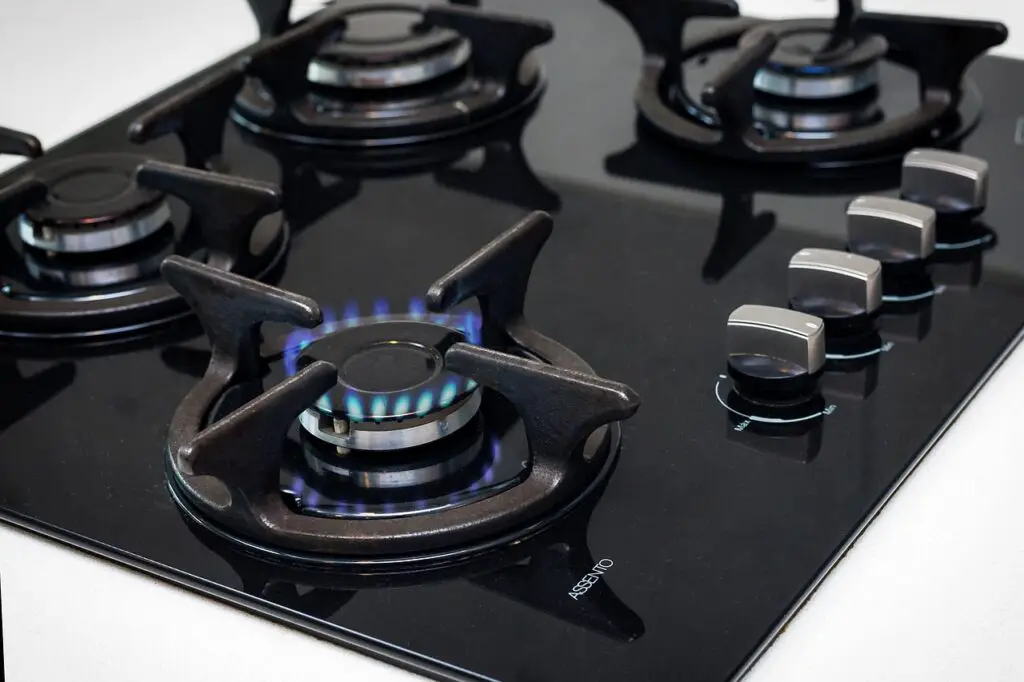
The kitchen, often considered the heart of a home, demands attention to detail in its design and functionality. One of the most critical elements in kitchen planning is choosing the right stove, with its width being a key factor. This article delves into the aspects of standard stove width, its impact on kitchen design, and the considerations for homeowners and designers alike.
What is the Standard Width of Stoves?
The width of a stove can significantly influence the kitchen’s layout and efficiency. Typically, stoves come in standard widths of 24, 30, and 36 inches. The 30-inch stove is the most common size, fitting well in most kitchen designs. However, the choice of width should be guided by the kitchen’s size, the user’s cooking needs, and the style of the stove whether it’s a freestanding, slide-in, or a drop-in model.
Importance of Choosing the Right Stove Width
Selecting the appropriate stove width is crucial for multiple reasons:
Space Optimization
A stove that harmonizes with the kitchen size optimizes space, ensuring efficient movement and workflow.
Aesthetic Appeal
The right stove width contributes to the kitchen’s overall look, maintaining balance and proportion.
Functional Efficiency
The width determines the stove’s capacity and the number of burners, impacting cooking efficiency.
Implications for Kitchen Design and Planning
When planning a kitchen layout, the stove width must be considered in conjunction with other appliances and cabinetry. This ensures seamless integration and functionality. The stove’s width also influences the placement of ventilation systems and the type of kitchen island or countertops needed.
Trends and Innovations in Stove Widths
The evolving trends in kitchen design have brought variations in standard stove widths. Newer models offer wider options, catering to professional-style cooking needs. Innovations in design also mean stoves can be customized to fit specific kitchen dimensions, offering more flexibility to designers and homeowners.
Tips for Choosing the Right Stove Width
Choosing the right stove width involves several considerations:
Assess Your Cooking Needs
A larger family or frequent entertaining might require a wider stove for more burners.
Measure Your Space
Ensure the chosen stove width fits seamlessly into your kitchen layout.
Consider Future Renovations
If you plan to remodel, consider how a change in stove width might impact the overall design.
Common Mistakes to Avoid
Avoiding common mistakes can save time, money, and frustration:
Ignoring Kitchen Size
A stove too large for a small kitchen can overwhelm the space.
Overlooking Cabinetry and Countertop Space
Ensure there is enough space for cabinets and countertops.
Neglecting Ventilation Needs
The stove width impacts the type of ventilation required.
The Impact of Stove Width on Kitchen Safety
Safety in the kitchen is paramount, and the width of your stove plays a crucial role. A stove that is too wide can create hard-to-reach areas, posing a risk during cooking. Conversely, a stove that is too narrow might not handle large cookware properly, leading to spills and accidents. It’s essential to choose a width that provides a safe cooking environment.
Energy Efficiency and Stove Width
The width of your stove can also impact energy efficiency. Larger stoves may consume more energy, which is an important consideration for environmentally conscious homeowners. Modern stoves, however, are designed to be more energy-efficient, regardless of size, aligning with sustainable living goals.
The Role of Stove Width in Resale Value
When remodeling a kitchen for resale, the width of the stove can influence a potential buyer’s decision. A stove that is proportionate to the kitchen size and aligns with modern standards can enhance the overall appeal of the property, potentially increasing its market value.
Customization Options
For those with unique kitchen layouts or specific cooking needs, custom-width stoves are an option. Customization allows for a perfect fit into any kitchen design, ensuring that both aesthetic and functional needs are met.
Maintenance and Cleaning Considerations
The width of the stove affects its maintenance and cleaning. Wider stoves might require more effort to clean, especially if they feature more burners and larger surfaces. On the other hand, a compact stove might have fewer components to maintain, making it a practical choice for busy homeowners.
Diverse Options in Stove Dimensions for Enhanced Kitchen Experience
When exploring stove dimensions, it’s crucial to consider the entire cooking surface and how it integrates with your kitchen’s workflow. Standard stove dimensions typically offer a balance between oven capacity and the area available for pots and pans on the top. For those who love to bake or entertain, a double oven range can be a game-changer, offering versatility and greater capacity. Compact stoves, on the other hand, are ideal for smaller spaces, maintaining functionality without overwhelming the kitchen. Slide-in stoves offer a sleek, integrated look, and their dimensions can vary to fit different kitchen styles.
For those upgrading to a new stove, measuring tape becomes an indispensable tool. Knowing the precise stove sizes, especially if considering compact stove dimensions or double oven models, ensures a perfect fit in your kitchen space. Whether you opt for a stove or range size that accommodates a wall oven or a freestanding range, it’s crucial to understand the space required not only for the appliance itself but also for any additional components like control panels or an over-the-range microwave.
Installation and Selection Considerations for Optimal Performance
Before finalizing any stove purchase, it’s vital to consult the appliance installation instructions. This is especially true for more complex setups like a commercial-style stove or those that require a specific vent hood. Double oven stoves might need more elaborate installation due to their size and electrical requirements. Additionally, it’s important to consider the compatibility of your stove with other kitchen appliances, ensuring a harmonious and efficient kitchen environment.
Conclusion
Selecting the right stove involves careful consideration of various factors, including stove dimensions, oven capacity, and kitchen layout. Whether you opt for a double oven range, a compact stove, slide-in stoves, or traditional freestanding ranges, each type offers unique benefits. Remember, the ideal stove enhances your cooking experience, fits seamlessly into your kitchen design, and meets your culinary needs. By taking the time to measure, research, and understand the different stove sizes and features, you can make an informed decision that will elevate your kitchen’s functionality and aesthetic appeal.


